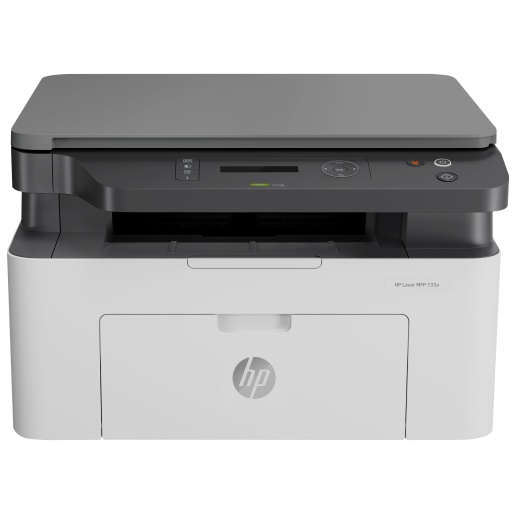Welcome to sainsider.co.za, a comprehensive platform for anything South Africa. In this article, we will be talking about a4 photocopy paper price. Kindly stay with us.
Overview
A photocopier is a machine that replicates documents and other visual images onto paper or plastic film quickly and cheaply.
Most modern photocopiers use xerography, a dry process that uses electrostatic charges on a light-sensitive photoreceptor to attract and then transfer toner particles (a powder) onto paper in the shape of an image.
Following that, the toner is bonded to the paper using heat, pressure, or a combination of the two. Copiers can employ other technologies, such as inkjet, but xerography is the industry standard for office copying.
In 1959, Xerox introduced commercial xerographic office photocopying, gradually displacing Verifax, Photostat, carbon paper, mimeograph machines, and other duplicating methods.
Photocopying is widely used in the commercial, educational, and government sectors. While it has been projected that photocopiers will become obsolete as information workers increase their use of digital document creation, storage, and distribution and rely less on physically distributing bits of paper, photocopiers are still widely used as of 2015.
Several high-end devices began to converge in the 1980s toward what became known as a multi-function printer: a device that combined the functions of a photocopier, fax machine, scanner, and computer network-connected printer. Low-cost color-copying and printing equipment dominated the home-office market as their prices fell dramatically during the 1990s.
History
Chester Carlson, the creator of photocopying, was originally a patent attorney who also worked as a researcher and inventor on the side. His position at the New York Patent Office required him to create a huge number of copies of critical documents. Carlson, who was arthritic, found the treatment to be excruciatingly unpleasant and time-consuming.
This inspired him to do photo conductivity tests. Carlson conducted his “electrophotography” tests in his kitchen and applied for a patent for the technology in 1938. He made the first photocopy with a zinc plate that had been sprayed with sulfur. The words “10-22-38 Astoria” were scrawled on a microscope slide, which was then placed on top of more sulfur and illuminated. Following the removal of the slide, a mirror copy of the words remained.
Carlson attempted to sell his invention to a few companies but was unsuccessful because the process was still in its early stages.
People did not recognize the necessity for an electronic machine at the time, and numerous copies were most typically generated at the moment of document origination, utilizing carbon paper or manual duplicating machines.
Carlson was turned down by almost 20 businesses between 1939 and 1944, including IBM and General Electric, both of whom did not feel there was a sufficient market for copiers.
Advantages Of Photocopiers
Among the key advantages of photocopiers over earlier copying technologies are their ability:
- to use plain (untreated) office paper;
- to implement duplex (or two-sided) printing;
- to scan several pages automatically with an ADF; and,
- eventually, to sort and/or staple output.
Color Photocopiers
Colored toner was introduced in the 1950s, but full-color copiers were not commercially accessible until 3M introduced the Color-in-Color copier in 1968, which employed a dye sublimation method rather than standard electrostatic technology. Xerox introduced the first electrostatic color copier (the 6500) in 1973. Color photocopying is a source of concern for governments because it makes faking banknotes and other papers easier: for more details, see the Counterfeiting section.
Digital Technology
New photocopiers are increasingly incorporating digital technology, which is replacing older analog technology. When it comes to digital copying, the copier is essentially a combined scanner and laser printer.
This architecture has a number of benefits, including automated image quality enhancement and the ability to “create jobs” (that is, to scan page images independently of the process of printing them). Some digital copiers can also work as high-speed scanners; such machines often allow you to send documents via email or save them on file servers.
“Automatic digital collation” is a significant advantage of digital copier technology. When copying a set of 20 pages 20 times, for example, a digital copier scans each page only once and then uses the stored information to make 20 sets.
In an analog copier, each page is scanned 20 times (for a total of 400 scans), producing one set at a time, or 20 different output trays are used to produce the 20 sets.
Photocopy Machine Price At Game
| Epson Eco Tank 3In1 Colour L3110/L3111 L3111 | R2,999.00 |
| HP Colour Officejet Pro 8023 4In1 1KR64B | R2,599.00 |
| Canon G Series Low Cost 3In1 Mf Daily Printing G2411 | R3,299.00 |
| Canon Pixma Everyday Aio Ink Printer TR4540 | R999.00 |
| Canon Maxify Home/Small Office Printer MB5140 | R4,999.00 |
| Canon Selphy Compact Photo Printer CP-1000 | R1,399.00 |
| HP DeskJet 2320 All-In-One | R699.00 |
| Canon Pixma TS3440 Black | R799.00 |
| HP Color DeskJet Plus 4122 3in1 Printer | R1,349.00 |
| Epson Eco Tank 4-In-1 Multi-Function Colour Pr L5190 | R6,999.00 |
Thank you for reading our todays topic on a4 photocopy paper price. we hope to see you again.
